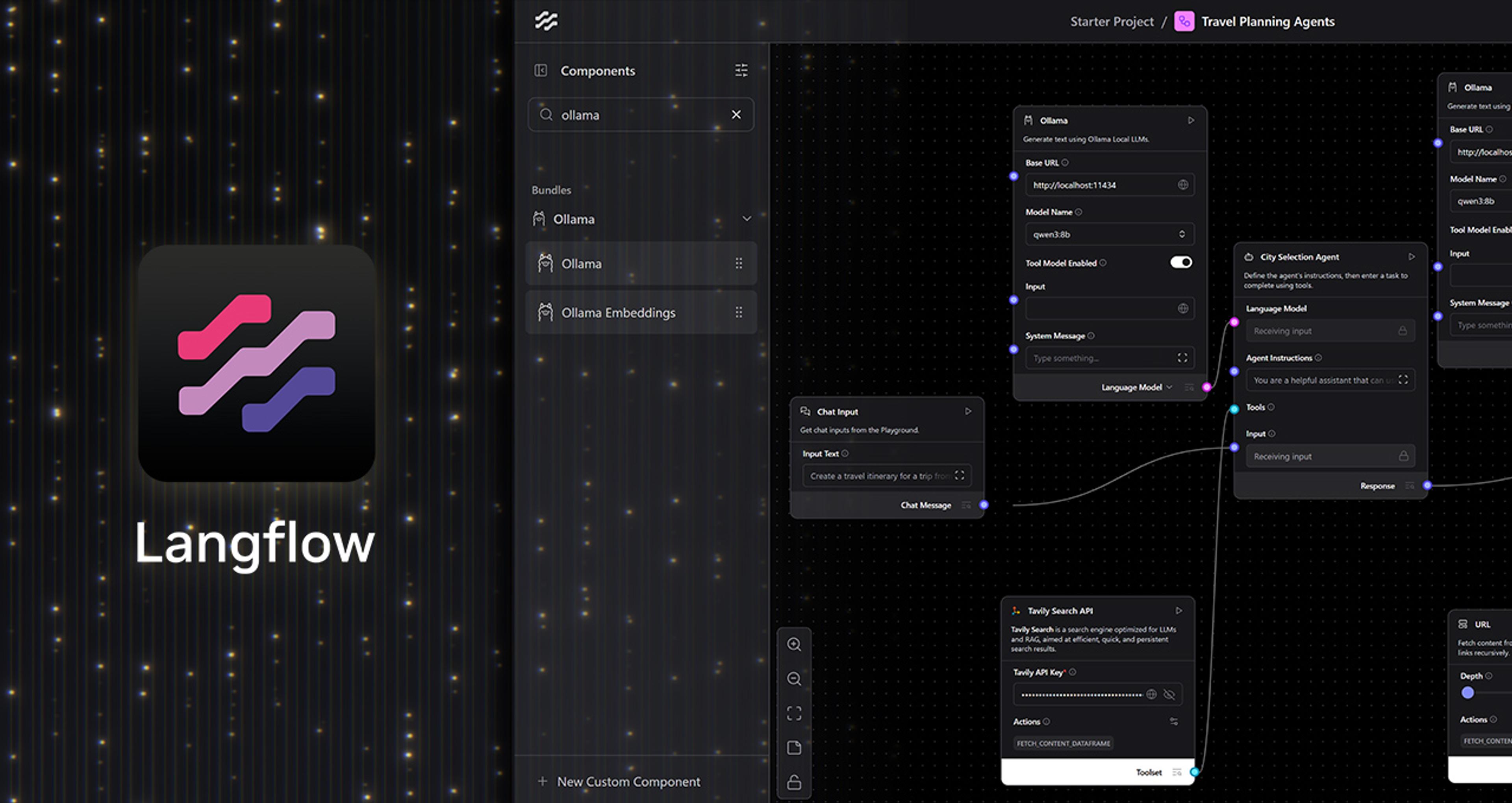Pinecone is one of the most widely used vector database services. But that doesn’t mean that it’s the best solution for every team. In fact, in the same “State of AI” report linked above, Pinecone ranked next to the bottom when users were asked whether they would recommend the vector database to others. Being “popular” does not necessarily mean being loved.
As one developer and Pinecone user noted on Reddit, “I've spent more time being frustrated than enjoying the DX, and that's normally a sign to switch.“
If your team is looking to make a switch or if you are just starting to explore the vector database space in general, there are alternatives to Pinecone. In this post, we’ll help you explore your options.
What is a vector database?
Unlike traditional scalar databases, vector databases create and store mathematical representations of objects or data points in a multi-dimensional space, where each dimension corresponds to a specific feature or attribute.
While scalar databases excel at surfacing relationships between data points using key-value pairs and keywords (e.g., which of our customers live in Florida), vector databases specialize in similarity searches across unstructured data (e.g., if a customer has bought koi fish food, they may also be interested in a water fountain or a book on Zen gardens).
Although they’ve been around for a couple of decades, for most of that time, vector databases were a niche product. They really began to attract attention, however, in the last couple of years, as we can see from historical Google search data.

The spike in interest is the direct result of the explosion of generative AI (GenAI), large language models (LLMs), and semantic search. Vector databases excel at storing and querying the large volumes of data that drive GenAI applications.
For a more in-depth discussion of how vector databases work and why they are crucial for AI, especially for generative AI, check out our guide to vector databases.
Pinecone strengths and weaknesses
The recent Forrester Wave™: Vector Databases, Q3 2024 report provides a good overview of the vector database marketplace. Forrester ranked Pinecone a “Strong Performer” and noted that it excelled in scale-out optimization and vector dimensionality.
However, Forrester also found that “some [Pinecone] customers have raised concerns about availability, reliability, and unsatisfactory service-level agreement (SLA) guarantees.” The report also states that Pinecone lags its competitors in “vector metadata, vector indexes, vector search, hybrid search, data security, and API support,” but praises the company’s “compelling roadmap” to address many of the product’s shortcomings.
Questions to ask when choosing a vector database
If Pinecone isn’t right for your team for whatever reason, you have options. Here we’ll lay out some issues to consider when thinking about a solution for your vector storage and search needs and how the leading vendors approach those issues.
Should you go native or go hybrid?
One of the first issues to consider when exploring Pinecone alternatives is whether you need a native vector database or a hybrid database that supports both vector and traditional tabular/relational data.
Native approach
Native vector databases are built from the ground up for vector and optimized for Approximate Nearest Neighbor (ANN) search. ANN search is highly efficient, especially in handling high-dimensional data. It identifies vectors that share close proximity to a query point. ANN search is particularly valuable in AI and machine learning applications, where handling large and complex datasets is crucial.
The major native vector databases include Pinecone, Qdrant, Weaviate, and Milvus.
Native vector databases offer obvious advantages for working with vectors; however, there are tradeoffs.
Adopting a dedicated vector database likely adds yet another tool to your stack. This also adds complexity if you need to integrate other systems or traditional databases with your vector data, You may also increase your risk of vendor lock-in.
Hybrid approach
With the explosion of generative AI, traditional database vendors that didn’t want to miss the wave were quick to integrate vector embeddings and search capabilities into their offerings, typically using extensions such as pgvector for Postgres and JVector for Astra DB and Apache Cassandra®. This hybrid approach enables developers to continue using the same databases they have been using for years, thereby presumably lowering the bar of adoption and eliminating the need to add a new element to the stack.
Examples of databases that have added vector support as a feature include:
-
PostgreSQL with pgvector
-
Cassandra/Astra DB with JVector
-
Elasticsearch
-
MongoDB with Atlas Vector Search
Users might expect that the hybrid approach to be not as performant as a native vector database, but as we’ll see below, in real tests this is not always true.
Everyone’s situation is different, but for some, the native vs. hybrid decision is a no-brainer. As one principal analyst at Constellation Research asked, “Why set up and administer a separate database—even one with the advantages of serverless scalability—if you can get the same functionality from the database you are already using and in which you are already managing your data?”
Is open source a requirement?
The arguments over open source versus proprietary software are well known; they don’t need to be rehashed here.
If you prefer an open source solution, your options include Qdrant, Weaviate, Milvus, Chroma, PostgreSQL + pgvector, Cassandra + JVector, and Elasticsearch.*
Proprietary solutions: include Pinecone, MongoDB + Atlas Vector Search, Zilliz Cloud (the proprietary managed version of open-source Milvus), Astra DB.**
*In September 2024, Elasticsearch changed its licensing to a triple license strategy including SSPL 1.0, AGPLv3, and the Elastic License v2. Which license applies depends upon which distribution is being used and how the user is interacting with the source code. Only the AGPLv3 meets the Open Source Initiative approved license.
**Astra DB is built on open-source Cassandra.
Do you need a self-hosted or a managed solution?
Your options will also be impacted by whether you require a self-hosted solution or prefer a managed solution (SaaS/DBaaS).
Self-hosted options: include Elasticsearch, PostgreSQL + pgvector, Weaviate, Milvus, and Chroma.*
Managed options include Pinecone, DataStax Enterprise (DSE), Elasticsearch (via Elastic Cloud), PostgreSQL (via multiple services), MongoDB, Astra DB, Weaviate, and MIlvus (via Zilliz Cloud).
*Chroma is a lightweight database primarily used by developers for prototyping and is not suitable for most production workloads.
Which vector database should you choose?
At this point, you might be wondering which database you should choose. Unfortunately, we can’t give you a definitive answer in this post—your needs have high dimensionality (forgive the geeky database humor).
But providing a definitive answer wasn’t our intent here. Instead, we hope you now feel comfortable that there are alternatives to Pinecone, and you are aware of some of the fundamental considerations that may help you identify your shortlist candidates.
With a shortlist in hand, you can then dive into your specific use cases and requirements.
Why Astra DB might be your best option for vectors
We’ve tried to be objective in presenting your options so far. However, if Astra DB meets your general requirements as outlined above (hybrid database, managed solution, built on open source), we believe you'll love Astra DB.
Astra DB is the only vector database with real-time indexing, hybrid search, and a familiar Data API (MongoDB-compatible) that supports both vector and non-vector data. Our unique hybrid search combines vector search (for semantic understanding) and lexical search (for exact keyword matching) to ensure the best possible results.
But don’t take it from us, Forrester Wave™ named Astra DB a Leader among Vector Databases. Out of the 14 vendors included in the report, only two were named Leaders. We were also the only hybrid vector database named a Leader.
Get your complimentary copy of the report to learn what makes Astra DB a leader among vector data vendors.
Astra DB vs. Pinecone
And if you are interested in how Astra DB compares with Pinecone head-to-head, you can download a report from GigaOm that found Astra DB had better performance than Pinecone, up to:
-
9x higher throughput than Pinecone when ingesting and indexing data.
-
74x faster P99 query response time when ingesting and indexing data.
-
20% higher F1 relevancy.
-
80% lower total cost of ownership over a three-year period in three scenarios.




